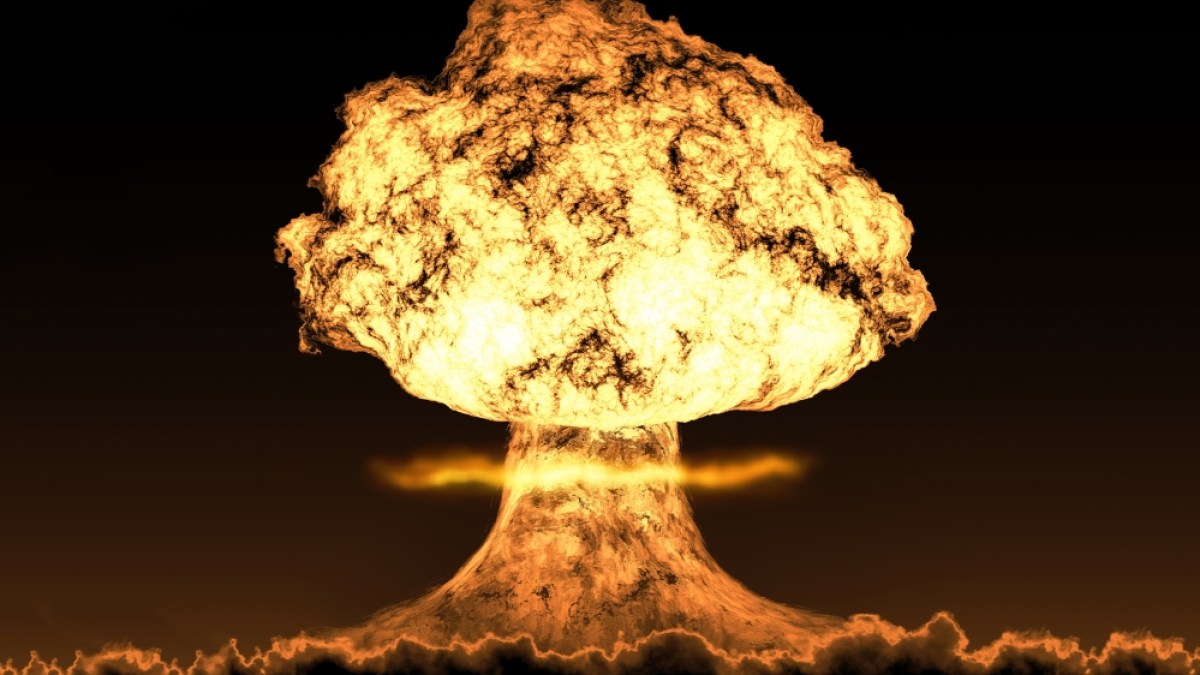Darkness and starvation
The impact of even such a “limited” nuclear conflict would be devastating for the Earth as a whole. With global dimming, harvests would fail across the planet.
Basic staples would be severely hit as one study shows that China’s wheat production would halve in the first year after a conflict, its rice production dropping by 21 percent.
The US’s corn supply would drop by as much as 20 percent. International supply chains would falter as food became scarce. Hoarding, panic buying and price gouging would become commonplace, leading to further scarcity and marginalising the world’s poor who would struggle to survive the ordeal.
In 2016, the United Nations’ Food and Agriculture Organisation estimated that 815 million people were food-insecure. They would all be put at far greater risk as food supplies rapidly dwindled in the aftermath of such a conflict.
Another major, cascading effect of even a partial nuclear winter would be the depletion of the ozone layer, allowing crops to be further damaged by unfiltered hard ultraviolet solar radiation.
Ozone would be destroyed by the heating of the upper atmosphere as the darker soot-laden layer of air absorbed more solar energy. The effect would last for more than five years, with 20 percent of the ozone lost across the planet and, in some places, as much as 70 percent, leading to significant destruction of plant, marine and animal life on Earth, and resulting in skin cancers, DNA mutation and eye damage in humans and animals alike.
This, coupled with the violent competition for shrinking resources, likely civil unrest due to mass starvation, rapidly shifting weather patterns and financial collapse, would disrupt all human life with no part of the planet left unscathed.
This, coupled with the violent competition for shrinking resources, likely civil unrest due to mass starvation, rapidly shifting weather patterns and financial collapse, would disrupt all human life with no part of the planet left unscathed.
This nightmarish scenario is based on just a relatively small nuclear conflict between two minor nuclear powers who together possess 230 nuclear weapons.
By contrast, the US and Russia have a staggering 12,675 nuclear warheads between them.
They are not the only ones; China, France, the United Kingdom, Israel and North Korea also possess these deadly weapons, all able to inflict catastrophic damage on the planet.
The consequences of a nuclear war would extend far beyond the blast itself, killing millions of people across the globe.

www.aljazeera.com

